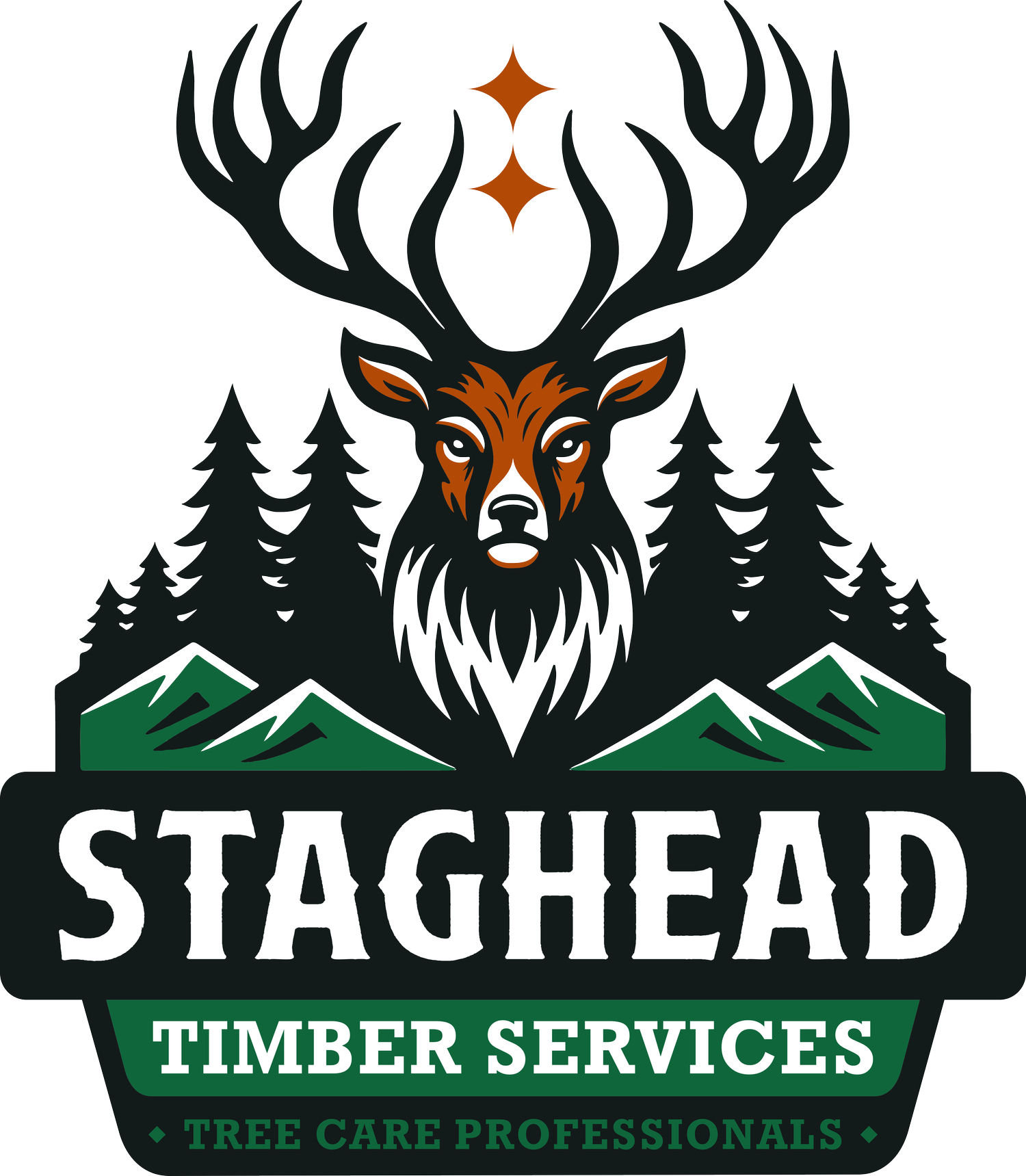A “sky crane” dumps a water load on hot spots on a fire in Southern Colorado 2014
This week we highlight key strategies for effective vegetation management to diminish wildfire risks. Our focus encompasses three critical methods: cutting and chipping material for haul-off, masticating material in place, and hand piling and burning slash. Each technique offers unique benefits and considerations, designed to cater to the specific requirements of different landscapes and property needs.
Cutting and Chipping for Haul-Off
Pros:
Cleaner Site: Especially suitable for residential areas or places where visual appeal is crucial, leaving the property neat.
Reduces Fire Risk: By removing potential fuel, it significantly lowers the wildfire risk.
Immediate Impact: Enhances safety and aesthetics promptly, with debris cleared.
Cons:
Cost and Time: More expensive and time-consuming for larger areas due to chipping, transportation, and disposal.
Impact on Forest Biology: Disrupts natural decay and soil-building processes, potentially affecting ecosystem health.
Mastication of Material In Place
Pros:
Efficient for Large Areas: Ideal for extensive lands where removal is impractical, offering a cost-effective solution.
Soil Enrichment: Leaves mulched material to enrich soil, support erosion control, and benefit remaining vegetation.
Rapid Processing: Quickly covers large areas, efficiently reducing fire risk on vast properties.
Cons:
Aesthetic Concerns: May not be visually appealing for areas requiring a manicured look.
Regrowth Potential: Mulch could encourage growth of weeds or unwanted vegetation, necessitating further management.
Hand Piling and Burning Slash
Pros:
Ecosystem Benefits: Mimics natural fire cycles, releasing nutrients back into the soil and maintaining biodiversity.
Cost-Effective: Avoids the expenses associated with hauling off debris, particularly suitable for large, remote areas.
Risk Reduction:** Provides a controlled method to reduce excess fuel that could contribute to wildfires.
Cons:
Regulation and Safety: Requires careful planning, permitting, and ideal weather conditions to ensure controlled burns without risk of escape.
Labor-Intensive: Demands significant manual effort to pile and monitor burns, which may not be feasible for all property owners.
Incorporating hand piling and burning slash into our repertoire of services provides an additional, ecologically sound option for fire mitigation. This method, backed by our expertise in controlled burning techniques, offers a viable solution for reducing fuel loads while promoting forest health and resilience.
Selecting the most appropriate method involves considering factors such as property size, location, aesthetic preferences, and ecological impact. Staghead Timber Services offers expert consultation to help you navigate these choices, ensuring your fire mitigation strategy is effective, sustainable, and aligned with your property’s needs, leveraging our comprehensive understanding of fire behavior, mitigation techniques, and ecosystem management to safeguard and enhance your land.


















